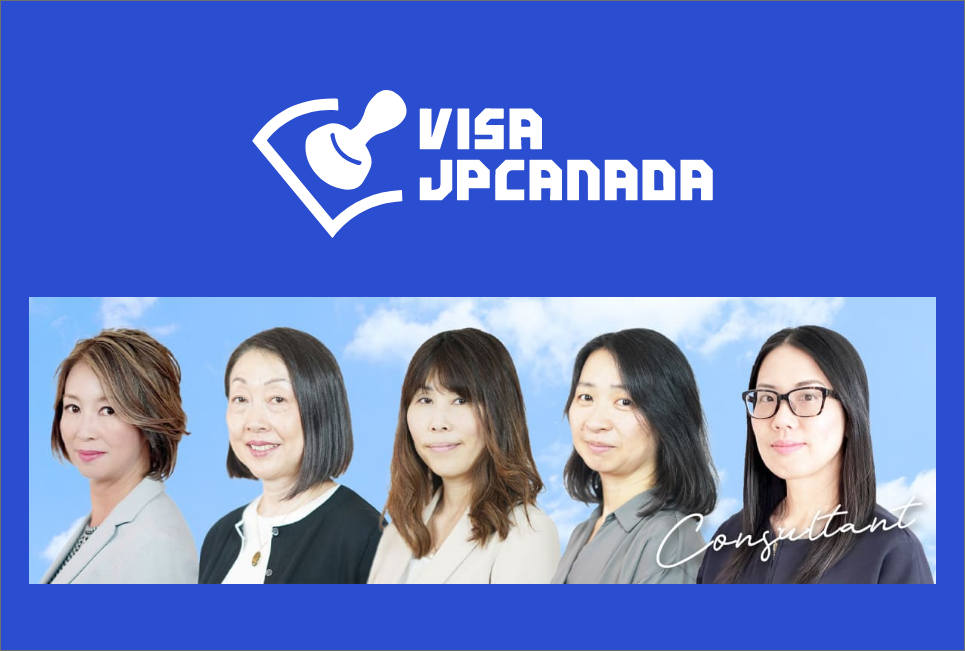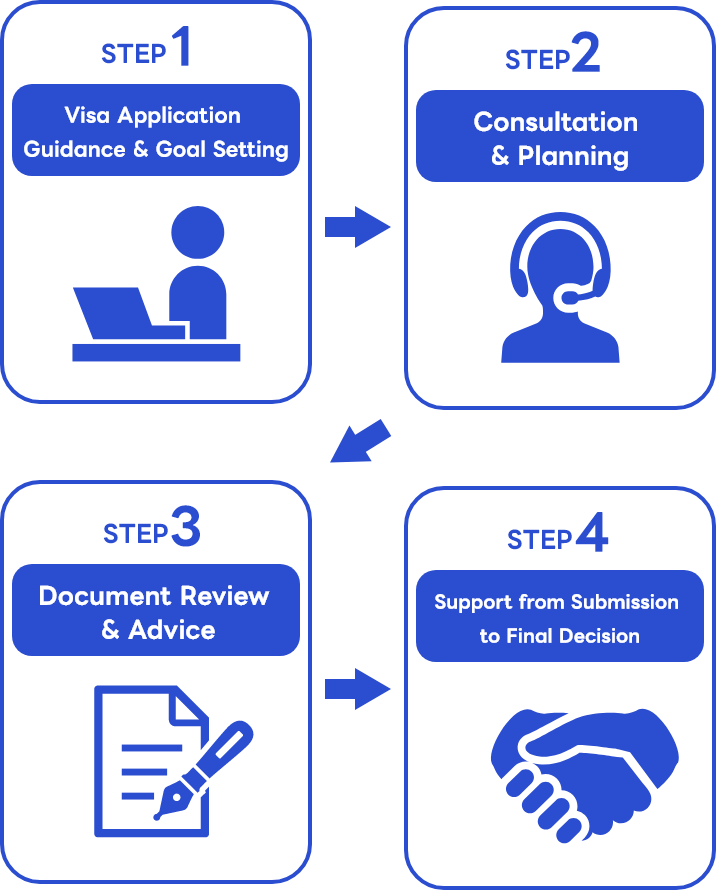Last Updated:September 12, 2025
What is a Francophone Mobility Work Permit?
The Francophone Mobility work permit makes it easier for Canadian employers to hire you without a Labour Market Impact Assessment (LMIA), if you meet certain requirements and you are destined to live and work outside the province of Quebec.
Eligibility if you’re applying on or after June 15, 2023
To be eligible, you must meet the following requirements:
- Meet the general eligibility requirements for a work permit.
- Live and work in one of the 9 Canadian provinces or 3 territories outside Quebec.
- Be able to prove that your speaking and listening skills in French are at an intermediate level (one of the following proofs is required):
- Speaking and listening Test d’évaluation de français (TEF) or Test de connaissance du français (TCF) results, equivalent to level 5 or higher on the NCLC scale.
- A written confirmation from a college or university for a program in French (such as a transcript or an official letter of completion).
- Other documents that show education in French.
- Have an offer of employment for a job classified under any TEER category of the National Occupational Classification (NOC) system, unless the offer is for a primary agriculture occupation under TEER 4 or 5.
Steps your Canadian employer must take before you apply
Before you apply for your work permit, your employer must complete the following steps:
- Submit an Offer of Employment to Immigration, Refugees and Citizenship Canada (IRCC) through the Employer Portal using LMIA exemption code C16 (Mobilité Francophone).
- Pay a $230 employer compliance fee.
- Provide you with an offer of employment number: a 7-digit number starting with “A” required for your application.
Francophone Mobility Work Permit Apply Process
01 Employer registers an Offer of Employment on the Employer Portal
Before the applicant applies for a work permit, the employer must register an Offer of Employment on the Employer Portal and pay the compliance fee. After registration, an Employer Number starting with “A” will be issued.
02 Apply for the work permit
The applicant gathers the required application documents and pays the application fee to Immigration, Refugees and Citizenship Canada (IRCC) to apply for the work permit. The application method depends on the applicant’s current location and status at the time of application.
03 Review by Immigration, Refugees and Citizenship Canada (IRCC)
IRCC reviews the submitted documents and determines whether the applicant meets the requirements.
04 Issuance of the Work Permit
Once the application is approved, a work permit will be issued. The permit may either be mailed to the applicant or issued at the port of entry upon presentation of the approval letter.
Related Columns

Date Posted:September 11, 2025
BC Premier Calls for Temporary Foreign Worker Program to Be Abolished or Fundamentally Reformed — Industry Pushback and What Lies Ahead
Related News
Looking to obtain permanent residence or a visa?
Consult with us now!

Applying for permanent residence or a visa to Canada on your own can be overwhelming due to the large number of required documents, and you may feel uncertain about whether everything is correct. However, if you're serious about immigrating to Canada, we strongly recommend seeking the support of an immigration consultant. There are many pathways to obtaining permanent residence, depending on factors such as your age, occupation, and family status. With the help of an expert, you can ensure that you plan the right approach tailored to your specific situation.
A professional immigration consultant will help solve your concerns
Get a free Counseling now
From immigration planning to application submission,
everything is completed with Visa JP Canada


Consulting with an immigration consultant makes the process clearer and much smoother. You’ll feel more confident with document submissions and procedures, significantly reducing the risk of mistakes. Take the first step toward your Canadian dream with the guidance of an expert.

![[Co-op Work Permit in Canada] How long can you work? Employment conditions and points to be cautious of to avoid illegal employment](https://en.visajpcanada.com/wp-content/uploads/2025/04/Blog-Thumbnail-94.webp)


